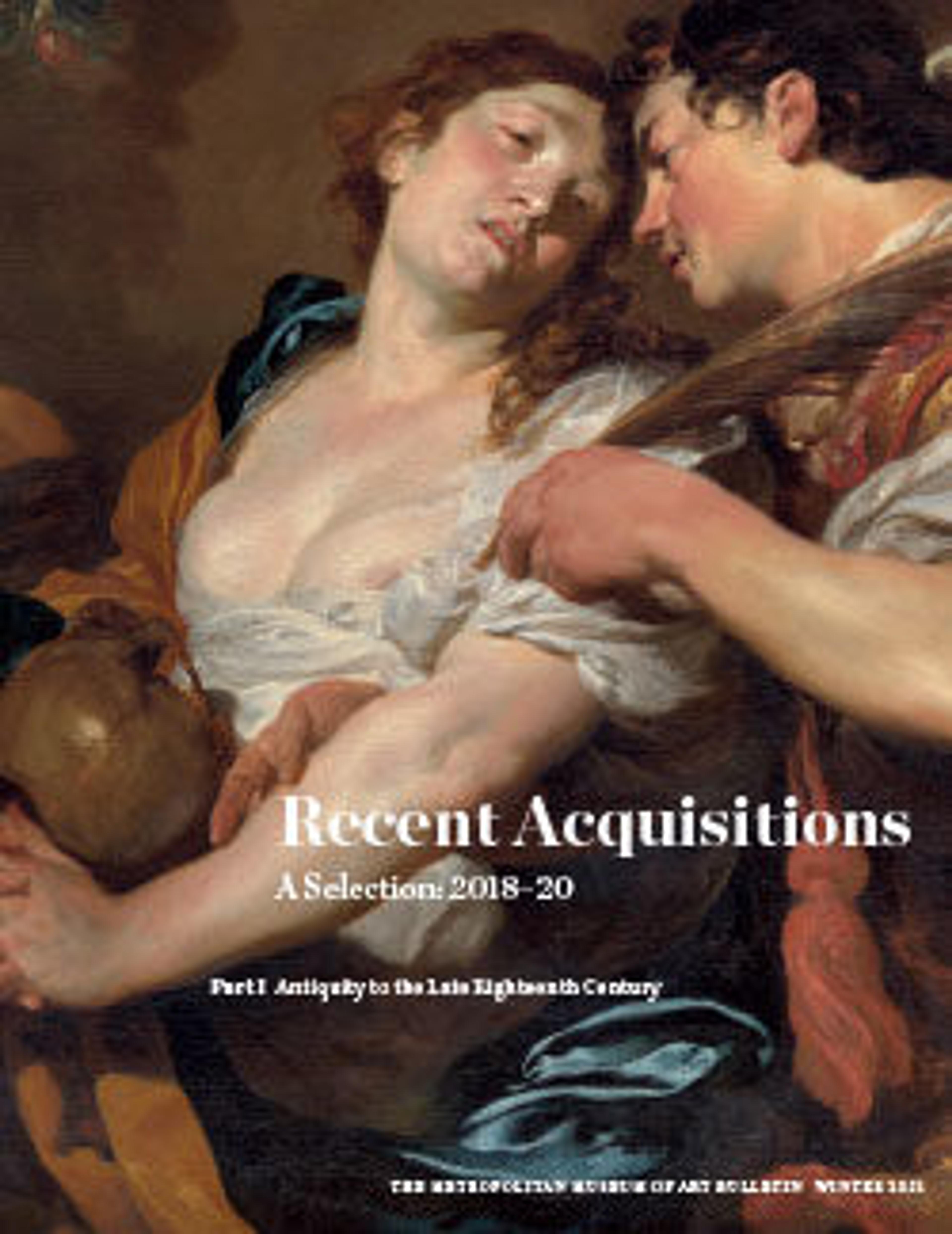Tracery Arcade from the Great South Window of Canterbury Cathedral
These fragments once outlined a panel of stained glass in the "Great South Window" of the south transept of Canterbury Cathedral. Consistent with medieval practice, the two sides of the arch were carved in distinct though complementary ways. The side facing the interior of the church consists of three undulating courses of molding. The exterior, which exhibits the stress and repairs expected from centuries of exposure to the elements, displays a simpler faceted molding. Various marks related to construction appear on the ends of stone that are now exposed. These range from simple incisions to a mason’s mark in the shape of a cross.
Artwork Details
- Title: Tracery Arcade from the Great South Window of Canterbury Cathedral
- Artist: Design perhaps by Master Mason Stephen Lote (d. 1417) and/or
- Artist: Master Mason Thomas Mapilton (d. 1432)
- Date: ca. 1426–1435
- Geography: Made in Canterbury, England
- Culture: British
- Medium: Caen stone
- Dimensions: 25 × 49 5/8 × 15 9/16 in. (63.5 × 126 × 39.5 cm)
560 lbs + 165 lb crate (254 kg +75 kg crate) - Classification: Sculpture-Architectural-Stone
- Credit Line: Purchase, The Cloisters Collection, Jane N. Holt Gift, Gift of Joseph W. Drexel, by exchange, Mr. and Mrs. Ronald R. Atkins Gift, and funds from various donors, 2019
- Object Number: 2019.104
- Curatorial Department: Medieval Art and The Cloisters
More Artwork
Research Resources
The Met provides unparalleled resources for research and welcomes an international community of students and scholars. The Met's Open Access API is where creators and researchers can connect to the The Met collection. Open Access data and public domain images are available for unrestricted commercial and noncommercial use without permission or fee.
To request images under copyright and other restrictions, please use this Image Request form.
Feedback
We continue to research and examine historical and cultural context for objects in The Met collection. If you have comments or questions about this object record, please contact us using the form below. The Museum looks forward to receiving your comments.
